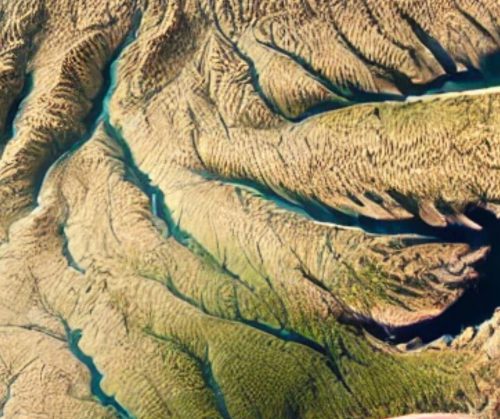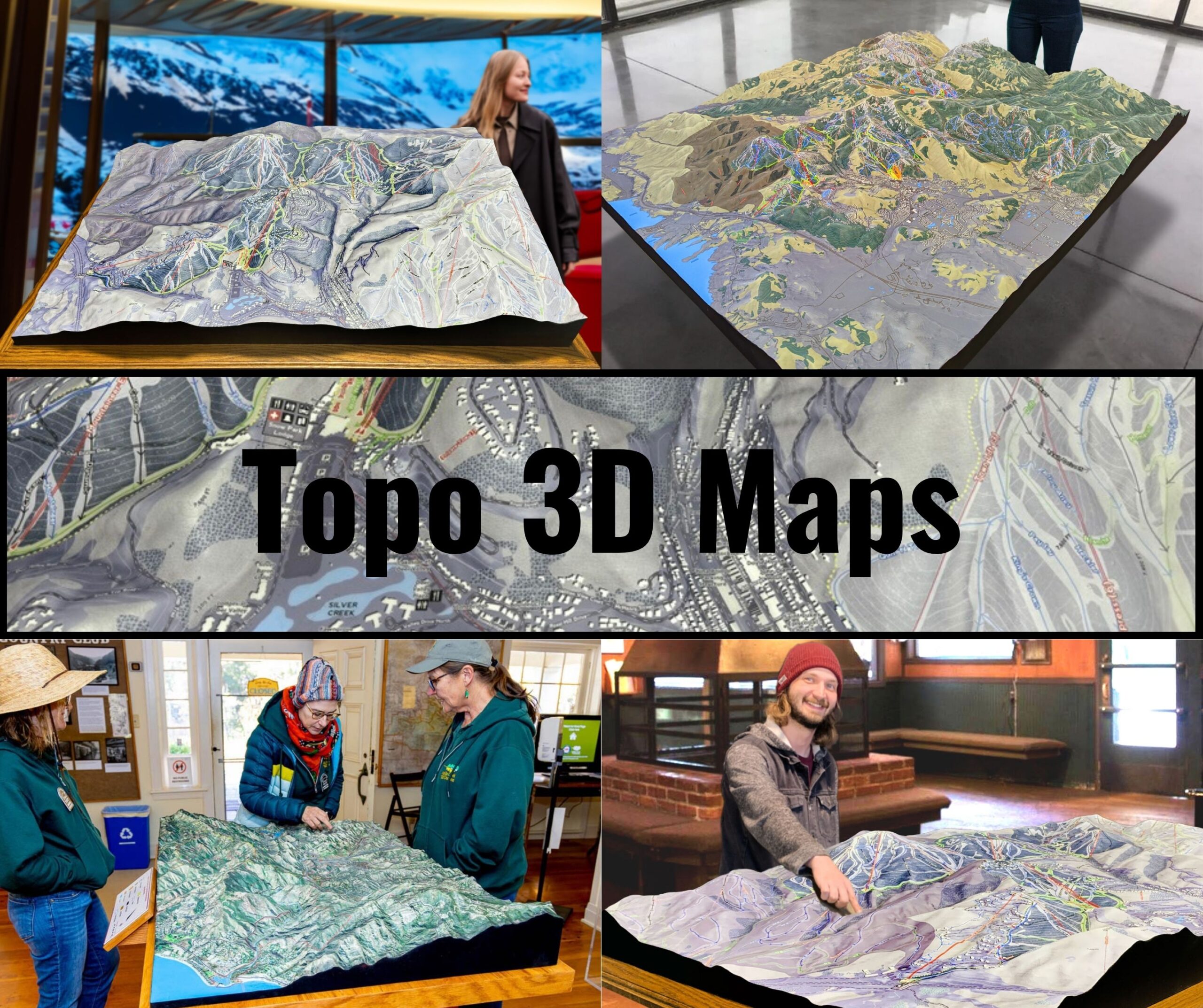North Carolina Topo Map
North Carolina Topo Map
We Build Custom 3D Topo Maps
North Carolina Topo Maps: A Guide to the State’s Diverse and Stunning Terrain
North Carolina, nestled between the Atlantic Ocean and the Appalachian Mountains, boasts an incredible variety of landscapes. From the towering peaks of the Blue Ridge and Smoky Mountains to the coastal plains and Outer Banks, North Carolina’s terrain is as dynamic as it is beautiful. Topographic maps are essential for exploring this diverse geography, offering detailed visualizations of elevations, waterways, and landforms across the state.
North Carolina’s topographic maps, available in both 2D and 3D formats, provide invaluable insights for adventurers, conservationists, educators, and geologists. These maps highlight every contour and feature, making it easier to navigate and appreciate the state’s natural beauty.
The Blue Ridge and Smoky Mountains: Towering Peaks and Scenic Valleys
Western North Carolina is home to the Blue Ridge and Smoky Mountains, part of the Appalachian range. These mountains are characterized by dramatic elevations, lush forests, and a rich cultural history. Iconic landmarks like Mount Mitchell, the tallest peak east of the Mississippi River, and the Great Smoky Mountains National Park attract millions of visitors annually.
In 2D topographic maps, the Blue Ridge and Smoky Mountains are depicted with closely packed contour lines that illustrate their steep slopes, deep valleys, and high peaks. Features such as the Blue Ridge Parkway, Clingmans Dome, and cascading waterfalls are prominently marked, offering essential guidance for hikers, climbers, and conservationists.
3D topographic maps bring the region to life, emphasizing the dramatic elevation changes and the intricate details of its ridges and valleys. These maps are invaluable for understanding the region’s complex terrain and planning outdoor adventures in this rugged landscape.
The Piedmont: Rolling Hills and Urban Centers
The Piedmont region, located between the mountains and the coastal plain, is a rolling landscape of hills, rivers, and cities. This area is known for its vibrant urban centers like Charlotte, Raleigh, and Greensboro, as well as its historic sites and thriving industries.
In 2D topographic maps, the Piedmont is represented with gently curving contour lines that illustrate its rolling terrain and river systems. Features such as Lake Norman, the Uwharrie National Forest, and the Yadkin River are clearly marked, providing a comprehensive view of the region’s geography.
3D topographic maps of the Piedmont highlight the interplay between natural features and urban development, showcasing the gentle slopes, the depth of reservoirs, and the layout of cityscapes. These maps are essential for urban planners, conservationists, and outdoor enthusiasts exploring the region.
The Coastal Plain: Flatlands and Rich Ecosystems
The Coastal Plain of North Carolina, stretching from the Piedmont to the Atlantic Ocean, is characterized by flat terrain, fertile soils, and rich ecosystems. This region includes vast farmland, swamps, and the renowned Outer Banks.
In 2D topographic maps, the Coastal Plain is depicted with widely spaced contour lines that reflect its flat terrain. Features such as the Cape Fear River, Alligator River National Wildlife Refuge, and the Intracoastal Waterway are prominently displayed.
3D topographic maps of the Coastal Plain emphasize the subtle elevation changes, the expanse of wetlands, and the intricate patterns of its waterways. These maps are invaluable for conservation efforts, agricultural planning, and recreational activities like boating and birdwatching.
The Outer Banks: Dynamic Shores and Barrier Islands
The Outer Banks, a series of barrier islands off the coast of North Carolina, are a defining feature of the state’s geography. These islands protect the mainland from storms while offering unique ecosystems and recreational opportunities.
In 2D topographic maps, the Outer Banks are represented with contour lines that detail the elevation changes of dunes, beaches, and coastal marshes. Features such as Cape Hatteras, Ocracoke Island, and the Wright Brothers National Memorial are clearly marked, providing critical information for navigation and conservation.
3D topographic maps of the Outer Banks bring this dynamic region to life, showcasing the shifting dunes, the depth of inlets, and the interaction between land and water. These maps are essential for coastal planners, marine biologists, and tourists exploring this unique landscape.
North Carolina’s River Systems: Lifelines of the State
North Carolina’s rivers, including the Roanoke, Neuse, and Catawba, are vital to its geography, ecosystems, and economy. These waterways shape fertile valleys, provide habitats for wildlife, and support recreation and industry.
In 2D topographic maps, North Carolina’s rivers are depicted with contour lines that illustrate their meandering paths and the elevation changes of their banks and surrounding terrain. Features such as tributaries, reservoirs, and wetlands are prominently displayed.
3D topographic maps enhance the understanding of North Carolina’s river systems, emphasizing the depth of their channels, the height of surrounding bluffs, and the extent of their floodplains. For ecologists, paddlers, and conservationists, these maps are invaluable tools for exploring and preserving the state’s waterways.
How North Carolina Topo Maps Are Fabricated: Precision Mapping for a Diverse State
Creating topographic maps of North Carolina requires advanced technology, precise data collection, and skilled craftsmanship. From the peaks of the Blue Ridge Mountains to the flatlands of the Coastal Plain, North Carolina’s varied terrain demands accurate and detailed mapping.
For 2D topographic maps, the process begins with data collection from sources such as satellite imagery, aerial surveys, and LiDAR (Light Detection and Ranging). This data is processed using Geographic Information Systems (GIS) software to create contour lines representing changes in elevation. In North Carolina, special attention is given to capturing the steep slopes of the mountains, the subtle terrain of the plains, and the dynamic features of the coastline. Additional elements such as trails, roads, and landmarks are added to create a comprehensive map.
Creating 3D topographic maps involves rendering elevation data into three-dimensional models. Advanced software translates the data into digital 3D representations, which can then be printed using 3D printers or displayed digitally for interactive exploration. For North Carolina, particular care is taken to highlight features such as the dramatic ridges of the Appalachians, the intricate networks of rivers, and the shifting sands of the Outer Banks.
Once the 3D maps are created, they are often painted and finished to enhance their visual appeal and highlight key features such as elevation changes, vegetation, and water bodies. These maps provide a tactile and immersive way to explore North Carolina’s landscapes, making them invaluable for educators, researchers, and outdoor enthusiasts.
North Carolina Topo Maps for Conservation, Adventure, and Education
Topographic maps play a crucial role in conserving North Carolina’s natural resources, supporting outdoor recreation, and educating people about the state’s geography. With its diverse ecosystems and cultural landmarks, North Carolina requires careful management to preserve its environment and heritage.
Conservationists use topographic maps to monitor changes in North Carolina’s environment, plan restoration projects, and protect critical habitats. For example, in the Blue Ridge Mountains, these maps guide efforts to manage trails and protect fragile alpine ecosystems. Along the coast, topographic maps are essential for studying erosion and planning conservation initiatives.
For adventurers, topographic maps are indispensable tools for exploring North Carolina’s trails, waterways, and natural areas. Hikers rely on these maps to navigate the Appalachian Trail or the Great Smoky Mountains, while paddlers use them to plan routes along the Cape Fear or Neuse Rivers.
Conclusion: North Carolina’s Landscapes Through the Lens of Topographic Maps
North Carolina’s topographic maps reveal the state’s diverse and captivating landscapes in stunning detail. From the towering peaks of the Blue Ridge and Smoky Mountains to the serene Coastal Plain, the dynamic Outer Banks, and the rolling hills of the Piedmont, these maps capture the beauty and complexity of the Tar Heel State.
Whether you’re an adventurer exploring North Carolina’s natural wonders, a scientist studying its ecosystems, or an educator teaching geography, topographic maps provide an invaluable tool for understanding and appreciating the state’s terrain. With both 2D and 3D options available, these maps ensure that future generations can continue to explore, protect, and enjoy the landscapes that make North Carolina unique.
Check out WhiteClouds’ 3D Maps for more information on North Carolina topo maps.


